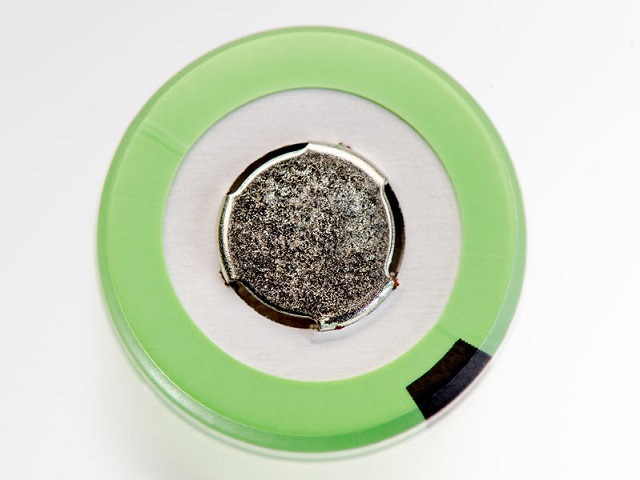 Lithium-ion batteries are seen as a solution for energy storage of the future. (Photo: Andreas Heddergott / TUM)
Lithium-ion batteries are seen as a solution for energy storage of the future. (Photo: Andreas Heddergott / TUM)
Technische Universität München (TUM) researchers have succeeded in observing the inner functioning of a battery without causing any damage to it. This study has enabled them to solve the lithium plating mystery.
All our modern day devices including notebooks, camcorders, digital cameras and mobile phones work on lithium-ion batteries. According to Neutron Source Heinz Maier-Leibnitz (FRM II) researcher, a lithium ion battery has three to four times higher energy storage when compared to a same-sized nickel-cadmium battery. Lithium-ion batteries are not even affected by longer-term storage and temperature fluctuations.
Lithium plating or metallic lithium deposition is a phenomenon that has long baffled researchers. The standard battery anode is layered graphite, and storage of lithium ions takes place in these layers. The standard cathode is lithium metal oxide. In certain cases, during the charging process, lithium ions may form metallic lithium instead of entering the anode as required. This causes reduced battery performance, in some case short circuits. Also, metallic lithium has high inflammability.
Until now, it has not been possible to observe this process as it is happening. Scientists, Christian von Lüders at the Department of Electrical Energy Storage Technology and Dr. Veronika Zinth at the Neutron Source Heinz Maier-Leibnitz (FRM II) used neutron beams to view the battery operation without destroying it. Veronika explained that when compared to other techniques, it was possible to clearly comprehend the process of lithium plating.
A battery in both states – charging and discharging, was installed into the neutron beam using the STRESS SPEC material research diffractometer at FRM II. Diffraction of the incident neutron beam is done based on Bragg’s law and with the signals obtained, it was possible to determine the amount of metallic lithium formed.
The amount of metallic lithium is directly proportional to the speed of the charging process. It was also found that only a section of the lithium plating can be reversed. Metallic lithium is formed at low temperatures.
The scientists are planning to do more research on the mechanism of lithium plating.
References